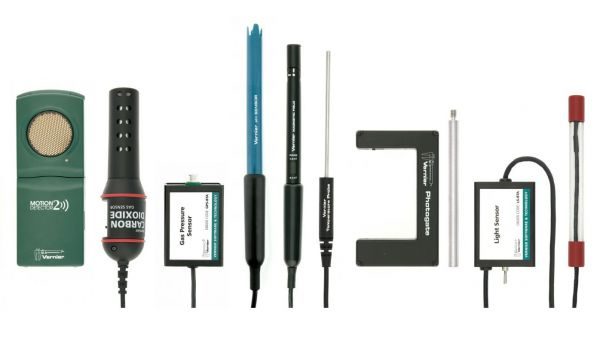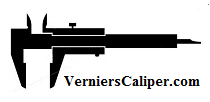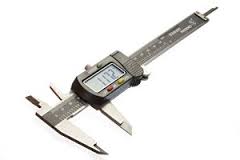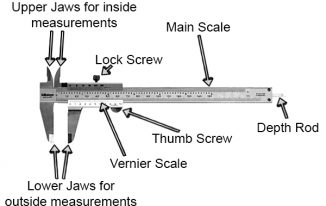 The Vernier Caliper is no longer a traditional simple tool for taking measurements. The modern advancement in technology has allowed modifications of this instrument to add speed and precision to this tool. There are various companies which have been in the business of dealing with the various measuring tools. These companies have adapted to the modern needs and have equipped the Vernier calipers with additional features such as the Vernier sensor.
The Vernier Caliper is no longer a traditional simple tool for taking measurements. The modern advancement in technology has allowed modifications of this instrument to add speed and precision to this tool. There are various companies which have been in the business of dealing with the various measuring tools. These companies have adapted to the modern needs and have equipped the Vernier calipers with additional features such as the Vernier sensor.
The Vernier sensor has been designed to assist the education process. The sensor technology gives the tool high standards and durability. It assists in active hands on experiments at the academic level.
Benefits of sensors:
The Vernier sensors are able to provide hands on experiment for the students at the academic level. It is supported by over 40 detailed and engaging experiments that have been documented by teachers, scientists and technological experts. This means that the Vernier calipers are now attached to a wide source of knowledge for referencing the experiments.
The Vernier sensors are ready to collect the data as they are connected. This is an automatic system in the Vernier sensors, which will start collecting the data when connected with the Vernier softwares. This has made the Vernier sensors a student friendly technology and has made it more convenient to use.
The Vernier sensors are attached with a 5 year warranty. The companies are ready to give a free maintenance service for the device.
Type of Vernier sensors:
- Go direct: These sensors connect directly to the Chromebooks mobile, devices or computers. They are equipped with USB and wireless connectivity.
- Standard: These sensors need an interface to send data to the data-collection and analysis software on various other platforms.
- USB: This requires no sensor interface. These sensors are able to connect directly to the computer, Chromebook and LabQuest 2.
- Wireless: These sensors are also not dependent on the sensor interface. They are able to connect directly to the mobile devices and LabQuest 2.
The sensor technology has been used to its full capacity and has been attached to various other measuring instruments to give speed and versatility in conducting experiments and taking measurements. Sensors can be seen attached in instruments such as the:
- Accelerometers
- Anemometer
- Barometer
- Blood Pressure Sensor
- Charge Sensor
- CO2 Gas Sensor
- Colorimeters
- Conductivity Probes
- Current Sensors
- Davis Weather Stations
- Diffraction Apparatus
- Digital Control Unit
- Dissolved Oxygen Probes
- Drop Counters
- EKG Sensor
- Electrode Amplifiers
- Energy Sensor
- Ethanol Sensor
- Flow Rate Sensor
- Force Sensors
- Go Direct Sensors
- Goniometer
- Hand Dynamometer
- Heart Rate Sensors
- Instrumentation Amplifier
- Ion-Selective Electrodes
- Light Sensors
- Magnetic Field Sensors
- Melt Stations
- Microphone
The sensor technology has eliminated the hassle of recording reading and then incorporating with other programs. Now this is an automatic system because of the sensor technology which will allow the students to learn more and broaden their perspective through hands on experience and referencing it with other professional experiences.


